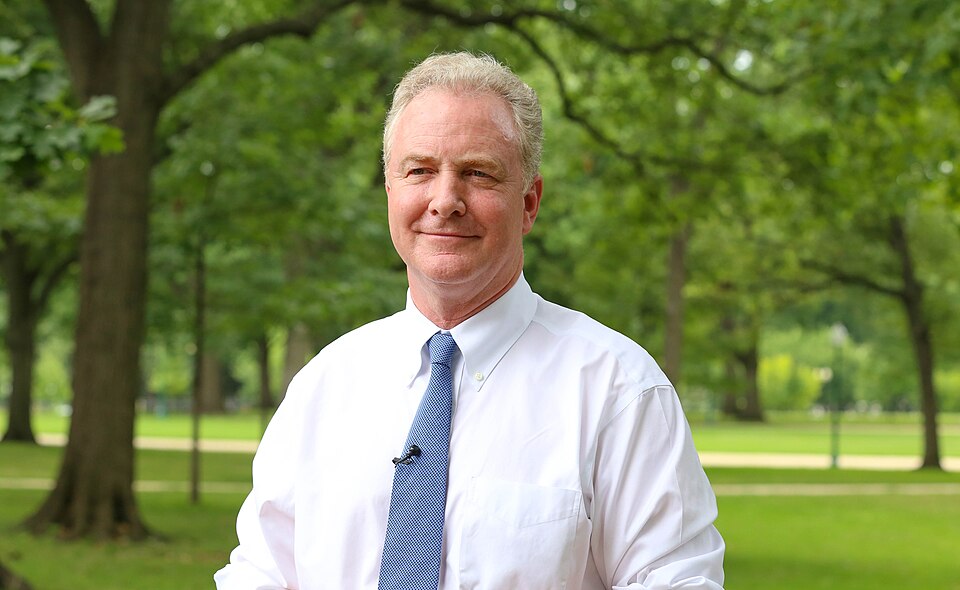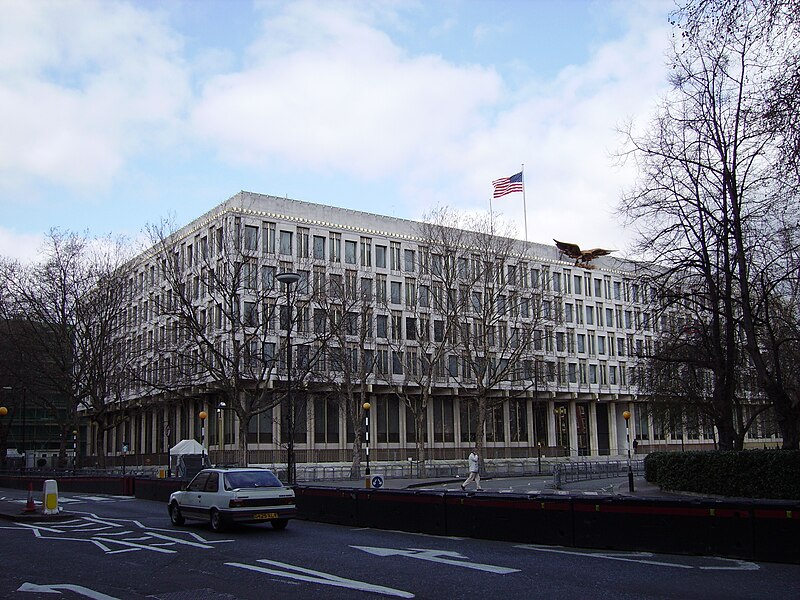
On October 7, 2024, American scientists Victor Ambros and Gary Ruvkun were jointly awarded the Nobel Prize in Medicine or Physiology for their groundbreaking discovery of microRNA,
a crucial mechanism in gene regulation. The Nobel Assembly described their work as uncovering “a fundamental principle governing how gene activity is regulated.”
MicroRNA, tiny molecules that play a critical role in gene expression, helps determine how different types of cells—despite having identical chromosomes—develop distinct characteristics. This discovery sheds light on why, for example, nerve cells and muscle cells function differently, even though they contain the same genetic material.
“The answer lies in gene regulation, which allows each cell to select only the relevant instructions,” the Nobel announcement explained, highlighting the vital role microRNA plays in this process across all multicellular organisms, including humans. Their research revealed an entirely new dimension of gene regulation, which is essential for the development and functioning of living organisms.
Ambros and Ruvkun conducted their research in the 1980s, focusing on a 1mm roundworm, which contained many specialized cell types. Despite the significance of their findings, their initial publication was met with skepticism, with many in the scientific community doubting its relevance to humans. However, later research, including the identification of another microRNA in 2000, confirmed that humans possess over a thousand genes that produce various microRNAs.
Victor Ambros, 70, was born in Hanover, New Hampshire. He earned his doctorate from the Massachusetts Institute of Technology in 1979 and currently serves as the Silverman Professor of Natural Science at the University of Massachusetts Medical School in Worcester. Gary Ruvkun, born in 1952 in Berkeley, California, earned his doctorate from Harvard University in 1982 and is now a professor of genetics at Harvard Medical School.
Their pioneering work has significantly advanced the field of genetics, offering deeper insights into the fundamental mechanisms that regulate life at the molecular level. Photo by Osama Shukir Muhammed Amin FRCP(Glasg), Wikimedia commons.



































































